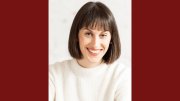Scroll through images from Stradanus’s Nova reperta, a series of engravings representing geographical, navigational, and astronomical discoveries as well as mechanical and manufacturing innovations from milling and metallurgical techniques to oil painting and printing. For most inventions, the Nova reperta offered a compressed view of each step in the production process within a unified and densely populated pictorial space, according to Susan Dackerman’s catalog for Prints and the Pursuit of Knowledge in Early Modern Europe. Learn more about this Harvard Art Museums exhibit in Jennifer Carling and Jonathan Shaw’s article “Spheres of Knowledge,” from the November-December 2011 issue.
Inventions in Early Modern Europe
Inventions in Early Modern Europe
Images from Stradanus’s "Nova reperta," a series of engravings representing technological innovations of the modern age from the perspective of a practicing artist
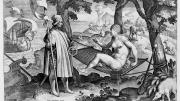
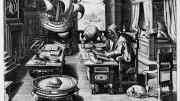
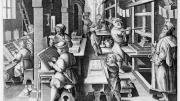
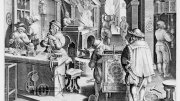
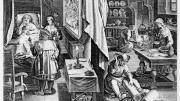
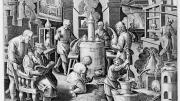
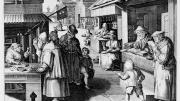
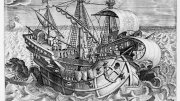
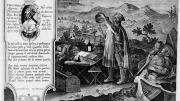
You might also like
Five Questions with Michèle Duguay
A Harvard scholar of music theory on how streaming services have changed the experience of music
Harvard Faculty Discuss Tenure Denials
New data show a shift in when, in the process, rejections occur
Five Questions with Andrew Knoll
A paleontologist on how to understand Earth’s biggest extinction event
Most popular
Explore More From Current Issue

A Flu Vaccine That Actually Works
Next-gen vaccines delivered directly to the site of infection are far more effective than existing shots.

This Harvard Scientist Is Changing the Future of Genetic Diseases
David Liu has pioneered breakthroughs in gene editing, creating new therapies that may lead to cures.
